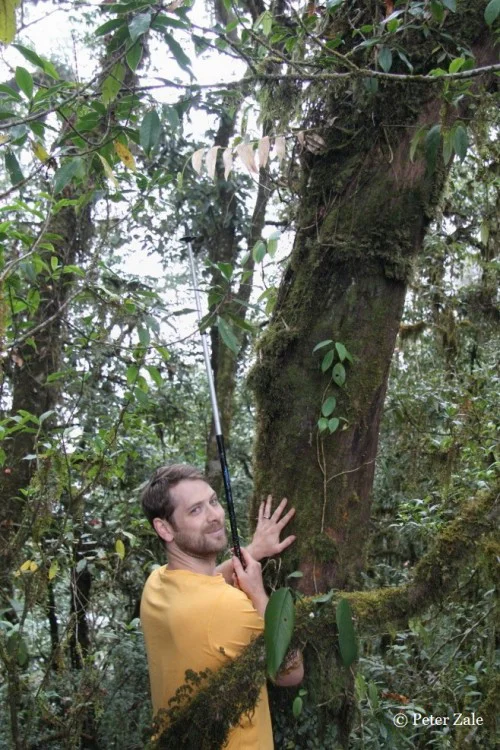5-10-5: Matt Lobdell, Head of Collections and Curator, The Morton Arboretum
Interview conducted by Eric Hsu Photography by Matt Lobdell
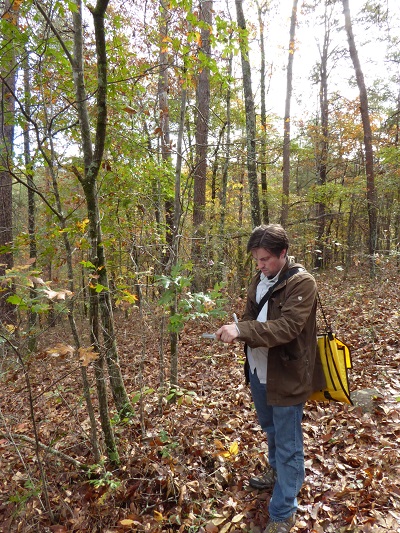
Please introduce yourself Matt Lobdell, Head of Collections and Curator, The Morton Arboretum
The arts or horticulture? I appreciate the arts, but I'd have to say horticulture!
How did you become fascinated with plants?
My fascination with plants grew as I became more aware of their diversity. Through high school and my early undergraduate years I was generally aware of the differences between oaks, maples, and other trees, but my interest was really piqued when I took an ecology course during my sophomore year that involved a tree survey as a final project. I was fascinated to learn that there could be as many as 20 distinct tree species in a small transect and became curious about the characteristics used to diagnose one from another. This survey led me to take an internship at the Polly Hill Arboretum in Martha's Vineyard, where I would learn even more about tree diversity.
Martha's Vineyard is better known as the affluent summer playground, but it has a year-round resident community comfortable with island life. I imagine that growing up on the island enabled you to partake recreational activities outdoors. Can you single out natural areas that were impressionable?
I remember the area around my parents' house, which was only about a half mile away from the Manuel F. Correllus State Forest. When exploring the area, I encountered both oak trees and seemingly impenetrable bear oak thickets, as well as the occasional sassafras, pitch pine, or beetlebung (our regional common name for Nyssa sylvatica). I found the ecosystems at some of the beaches interesting, particularly at Lambert's Cove Beach where I'd often pick something I called "beach plum", but would later realize was just Rosa rugosa. At least I got the family right.
Margaret Mead the distinguished anthropologist once remarked: "Anthropology demands the open-mindedness with which one must look and listen, record in astonishment and wonder that which one would not have been able to guess." How did you find your anthropology degree applicable to your methodology towards plants?
What I found most rewarding about studying anthropology was the integrated approach the field takes to studying and understanding a topic. As a Curator, I try to also take an integrated approach to studying and learning about plants. I strive to both understand what make a plant significant from a botanical perspective, as well as understand its historical utilization in order to assist with the interpretation of its significance to the visitor.
Eventually your minor in environmental studies influenced you to pursue opportunities to intern in public gardens. Polly Hill Arboretum was the first public garden where you interned in 2005 as its garden intern and 2008 as its first collection management intern. What were several invaluable skills at Polly Hill you took away?
During my initial internship there I learned some basic horticulture and grounds management skills which I was able to build upon in later positions. As a collections management intern I gained exposure to plant records, accessioning, evaluating plants within the collections, and some other basic skills that would cement my decision to pursue a career as a curator.
Your experience in public arboreta makes it clear that woody plants are your forte. What is it about woody plants that you find appealing? Their sense of permanence?
I think that definitely has something to do with it! However, I think the size of trees in particular also provides shade, stability, and other services that allow one to interact with it in a manner they wouldn't necessarily be able to do with other types of plants.
For two years you had worked as a horticulturist for the Rose Fitzgerald Kennedy Greenway Conservancy which transverses Chinatown, Financial District, Waterfront, and North End neighborhoods in Boston.This position is more community-oriented and amenity-centered rather than the collection- and scientific-focused of your current job. What lessons did you take away from being a public parks horticulturist that other experiences did not provide?
The Greenway was the only position I've had that put me in a true urban area, so it was interesting to learn just how many challenges trees have to face when growing in those conditions, and truly impressive that some are able to grow there at all.
Your masters dissertation at University of Delaware examined Styrax in cultivation. How did Styrax, as opposed to other woody genera, come to become the focus of your research?
I was looking for a group of ornamental woody plants that might benefit from a general survey-type study, and was looking for something that hadn't already been overdone. My advisor, John Frett, suggested either Itea or Styrax and I chose the latter. We were both surprised to learn the genus had approximately 130 described species, so we chose to focus on those with some history of cultivation in order to keep the study manageable.
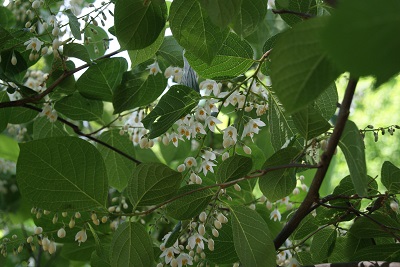
Styrax japonicus and S. obassia are commonly represented in cultivation. What other members of the genus would you wish to see more grown in gardens?
Styrax japonicus and S. obassia are probably the most cold hardy and suitable for a variety of landscape conditions. I'm also partial to Styrax americanus, a southeastern US native. It's a shrubbier species with pale green leaves and though the flowers are small, they have an interesting reflexed form. Styrax hemsleyanus is also a favorite, which is similar to S. obassia but most of them I've seen have slightly smaller leaves with prominent venation which can look interesting while vegetative.
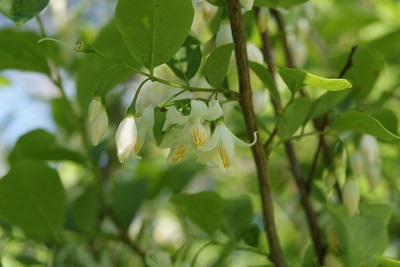
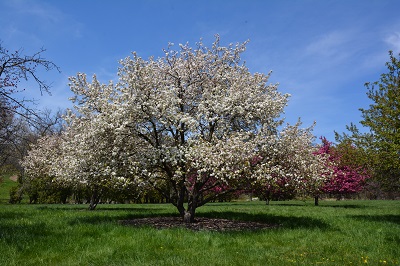
You currently work as The Morton Arboretum's head of collections and curator, which brings tremendous responsibilities for a 1,700-acre arboretum. What does your daily day look like?
I've found it to be a bit different each day! I've been involved with everything from selecting plants for the collections, planning wild collecting trips, applying for funding to assist with infrastructure improvements, and assisting with development of BRAHMS, a plant records database. I've never found there to be a shortage of projects to work on, but do try to carve out a bit of time each week to walk the grounds and check on the performance of the plant collections.
The Morton Arboretum is one of the few arboreta that actively engages in scientific education and research without the appending university affiliation (i.e. Arnold Arboretum of Harvard University, Morris Arboretum of U Penn, University of Washington Botanic Garden). How does your role/relationship fit with the science and conservation section, such as the ArbNet, the Center for Tree Science, and the Chicago Region Trees Initiative?
I remain available to share my knowledge of the collections with our science and conservation staff, and particularly encourage them to carry out research within our collections when possible, assisting with logistics as necessary.
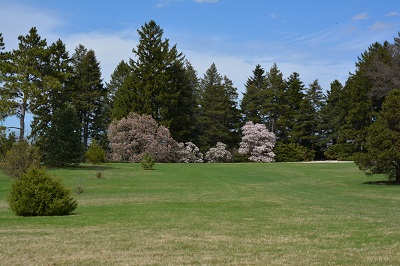
The Morton Arboretum's living collection contains approximately over 200,000 living plants which represent 3,925 taxa. The collection is arranged in three groups: geographic, taxonomic, and special habitats. Do you have specific areas in these groups you find yourself revisiting?
The Magnolia and Oak collections are personal favorites as they are groups of my interest. I also like to explore our Plants of China collection which boasts a diverse assemblage of material due to our history of collaborating with NACPEC (North America-China Plant Collecting Exploration Consortium).
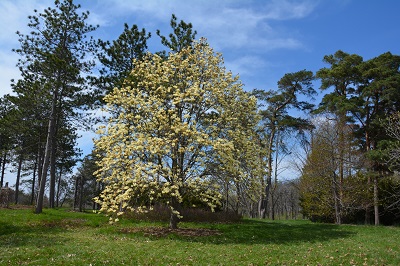
If you were to take a friend or a family member around Morton Arboretum, what would be some of the outstanding trees you would take care to point out?
All depends on the time of year! However I would make sure they saw some of the large Acer miyabei on the Arboretum's west side, as well as the Abies nordmanniana in the Central and Western Asia collection.
Most people see the Midwest as having prairies, not woodlands, and may be surprised to encounter the Morton Arboretum's trees. What are the natural woodlands in Illinois that people can visit?
The eastern US forest extends into the Chicago region, though prairies become much more common as one travels west. Kankakee River State Park and Starved Rock State park are two must-visit sites in the area. Of course The Morton Arboretum also has an extensive restored woodland which is a must see as well.
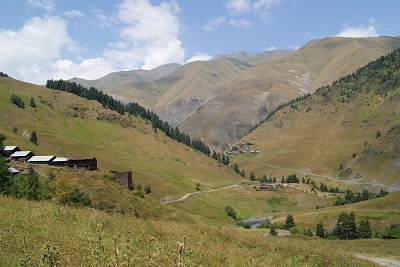
Within two years of your job, you participated in your first overseas plant hunting expedition as part of the Plant Collecting Collaborative (PCC), Given its geographical position between the Black Sea and Caspian Sea and its two mountain ranges (Greater and Lesser Caucasus), Georgia has a floristic diversity that is beguiling for botanists and horticulturists alike. It is relatively underrepresented where plants are concerned in US plant collections, and has tremendous scope for woody plants like Crataegus pentagyna, Tilia cordata, and Fagus orientalis. What were some of the highlights in the trip?
Fagus orientalis, as you mentioned, is a spectacular tree and important component of the forests of the Caucasus. We were also able to collect from some of their oaks, including Quercus macranthera and Quercus hartwissiana, as well as two maple species I hadn't heard about until I started looking into the flora of the region in detail: Acer ibericum and Acer velutinum. Overall, it was a fascinating country to visit and I feel fortunate to have been able to learn about their flora from the experts at the Georgian Institute of Botany who joined us for the expedition.
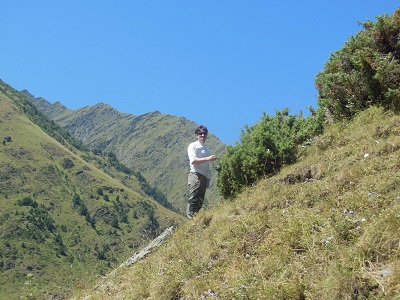
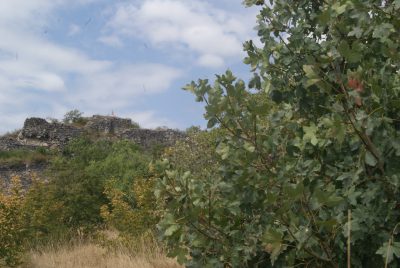
The Caucasus region is again the destination this year as planning is underway for Azerbaijan, one of Georgia's neighbors. What would be the objectives of this expedition that would be different from those achieved in Georgia?
My main objective in Azerbaijan would be to collect some of their endemic taxa, particularly those such as Acer hyrcanum and Parrotia persica found in the Hyrcanian forest. This would allow a different portion of the flora of the Caucasus to be collected separate from that in Georgia.
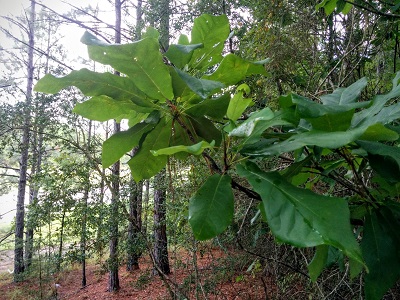
What is your desert island plant?
If I could choose just one it would be Magnolia macrophylla. I often accuse it of being the tree that got me into horticulture. Once I saw the size of the leaves and flowers and learned it was something that could be grown outdoors in New England, I found myself really curious about plant diversity and wanting to learn more about trees.
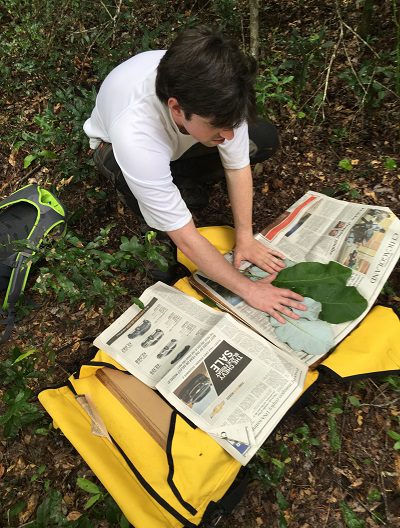
Do you have advice for those aspiring for a career in public horticulture, especially in the curation and collection-based areas?
I found it helpful to work at a variety of botanical gardens in order to learn both a diverse assemblage of plants, as well as several different ways to approach curation and plant records techniques. I'd also encourage those to seek out someone with a job that sounds interesting to them and ask them how they got to where they are. I've found most people are generous with their time and more than willing to share their experiences.
Thank you for the interview, Matt!


